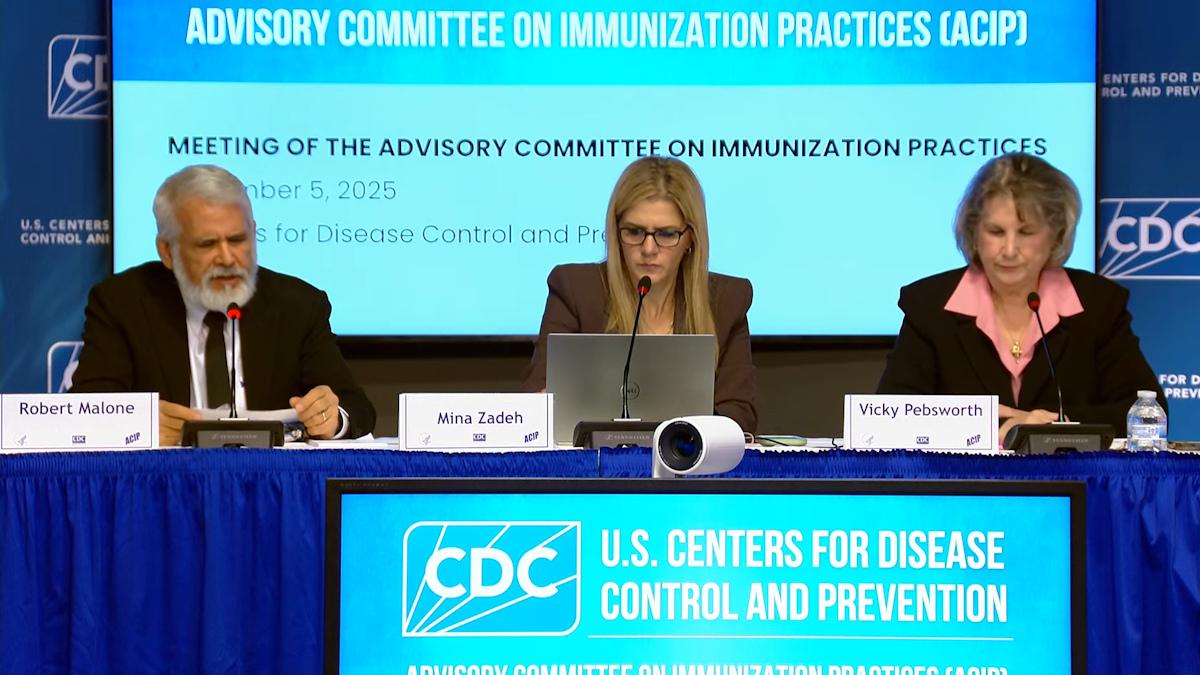Life in phase III: How effective data management can support NHS Trusts to hit their targets

Although life for the general public is (slowly) starting to edge back towards normality, healthcare providers are still on a heightened state of alert. In the UK, the 1 August step down from EPRR incident level four may have meant we’re no longer in a state of national incident, but at a regional level NHS Trusts and private sector providers are still very much working flat out to manage and contain COVID-19 and its associated fallout.
The pressure is still on. There is now an expectation that, as well as continuing the work on stemming the impact of the coronavirus, healthcare providers must meet the requirements of what has become known as the Phase Three letter. This document, which went out at the end of July, outlines exactly what providers need to be doing. In summary, they must:
- Continue to accelerate the return to normal levels for non-COVID health services
- Prepare for winter pressures
- Actively learn from everything that happened during the first months of the pandemic
Beating the recovery after beating the virus
This is a huge ask on already stretched services. When it comes to elective care, managing waiting lists whilst meeting the gradually increasing activity targets for the next few months is going to require a different way of working.
Elective procedures encompass all of the health service’s work which is not considered an emergency. Pre-outbreak, the waiting list for elective treatments stood at 4.4 million, the highest since the referral to treatment pathways began being measured in 2007.
So, how will the NHS address a growing waiting list at a point when its resources are already under immense pressure, and do so before the window of opportunity closes with the onset of winter? While there are a number of variables, including clinical and physical capacity, post-COVID-19 social distancing restrictions and scheduling logistics, there is one common thread that ties them all together – data. Information from right across the health sector spectrum needs to be captured and managed effectively. Why? Because the NHS and its Trusts have to be able to prioritise the most clinically urgent patients first and ensure that everyone is seen in the right order.
Data at the heart of the post-pandemic world
The response to the pandemic was an immense, coordinated effort that crossed both public and private healthcare providers. While that should be applauded, it does add an additional layer of complexity when it comes to tackling elective care waiting lists, as there now needs to be additional coordination across facilities in both NHS and private hospitals. Therefore, accurate and comprehensive data on these waiting lists will be the only means to track and monitor patients whose treatments have been deferred. Without appropriate action now to manage patient data, the corrective recovery could take an enormous amount of time and resources.
With the right data (in other words, accurate and timely information), NHS and private providers can start to deploy the necessary actions they need to take in order to make the most of the window of opportunity. These include:
- Developing clear prioritisation protocols – Each Trust has different demands and requirements of its resources, so there can’t be a blanket, one-size fits all approach. By having accurate data, individual organisations can determine how they prioritise, using central NHS guidance. However, keeping track of prioritisation is also critical, so the use of the right digital systems is needed in order to support monitoring.
- Recording decision data appropriately – Every deferred surgery will have included detailed clinical reasoning. This is vital information to capture and store in a system from which automated reports can be developed. Not only will this support tracking individual patient circumstances, but it ensures that multiple clinical staff in a variety of locations can access and analyse the information, rather than just the pre-COVID-19 consultant or doctor.
- Integrating data management processes – Whether managing new referrals or following up with outpatients, it is important to have a clear operational and data recording process map in place. All diagnoses, prioritisation and outcome details should be recorded on Trust digital systems to support monitoring patients effectively.
- Enhancing elective care data dashboards – Most Trusts will have data quality dashboards already. What’s important now is that they are enhanced with a particular focus on all indicators that will support tracking and monitoring patients deferred during this time based on clinical priority.
- Refining data cleansing strategies – Using those data dashboards, Trusts should augment data cleansing and validation strategies to ensure any issues identified in data entry are quickly tackled.
It may seem like yet more work to do, and it is. Yet to quote the Phase Three letter, “the NHS has shown an extraordinary resilience, capacity for innovation and ability to move quickly for our patients”. In order to ensure that the NHS meets the three objectives laid out in the letter, Trusts and other providers need to display that same capacity for innovation and ability to move quickly in the coming months. Effective data management is a critical part of that effort, and by realising it, any organisation, whether NHS England, a local Trust or a private organisation, can ensure the best chance for recovery.
About the author
Philip Purdy is senior consultant at Acumentice.












